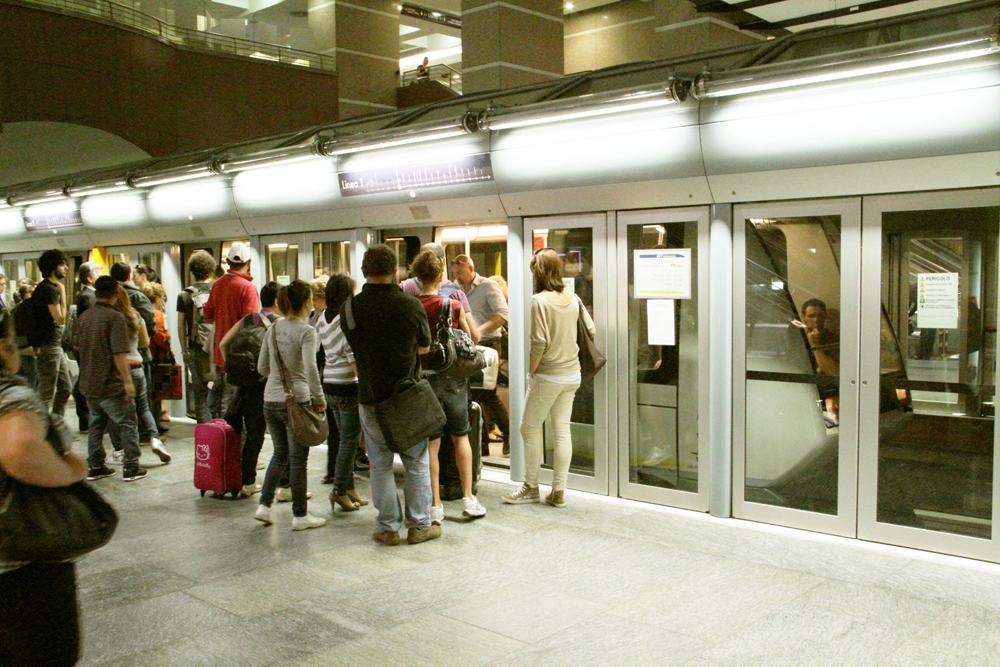
NEW YORK — Responding to an upswing in subway crime — including incidents, some fatal, in which people have been shoved off platforms onto the tracks in front of oncoming trains — New York City politicians are calling for the introduction of platform gates to keep passengers from falling onto the right-of-way. Such gates are used internationally in locations such as Tokyo and Turin, Italy.
Manhattan Borough President Mark Levine and 10 city councilmen representing that borough have written Metropolitan Transportation Authority Chair and CEO Janno Lieber, with Levine’s letter saying platform screen doors “must be given the priority they deserve, studied, and funded for installation. Each year, hundreds of New Yorkers enter subway tracks via accidental fall, trespassing, suicide attempts, and, in rare cases, being pushed. The tragic loss of Michelle Go on January 15th is but the most recent painful example.”
Go, 40, was killed when pushed in front of an oncoming train at the 42nd Street-Times Square station; 61-year-old Simon Martial has been charged with second-degree murder in the case.
In a response, Lieber said the barriers would prevent people from falling onto the right-of-way or dropping their cell phones onto the tracks, in addition to suicide attempts.
While installation of these gates has not been in the forefront of discussions, it is among the many options being discussed at the MTA.
A 2019 MTA study of floor-to-ceiling gates found they could only be utilized at 128 of the subway system’s 482 stations, at a cost of over $7 billion. Stations built on curves add to the cost, contraints, and installation difficulty of such gates. For example, the 14th Street-Union Square IRT Lexington Avenue station platforms are actually built on s-curves.
On other systems, where trains have standard-length cars and consists, platform doors are usually operated by the subway train conductor after stopping in the station. On automated system such as JFK’s Airtrain and in Torino, the computerized system handles the door opening and closing.
The New York City Subways offer different challenges. The Interborough Rapid Transit (IRT or A Division) has standard 51-foot cars and would seem suited for a platform door test. The B Division (BMT and IND combined) have different car lengths (60 and 75 feet) and different train lengths (eight or 10 cars), which would not appear to be a good place to test the concept.
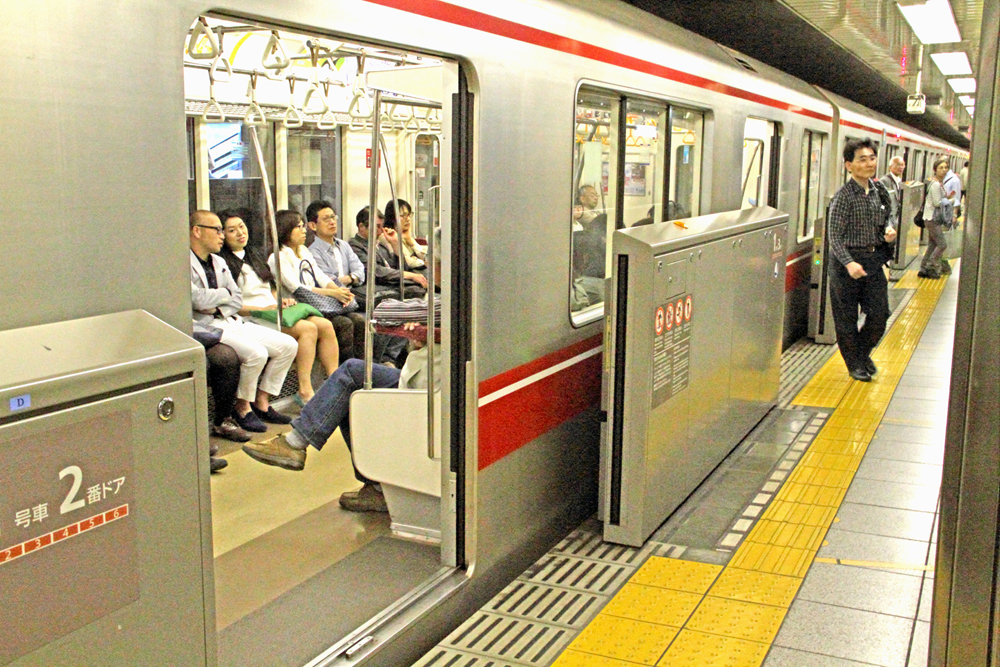






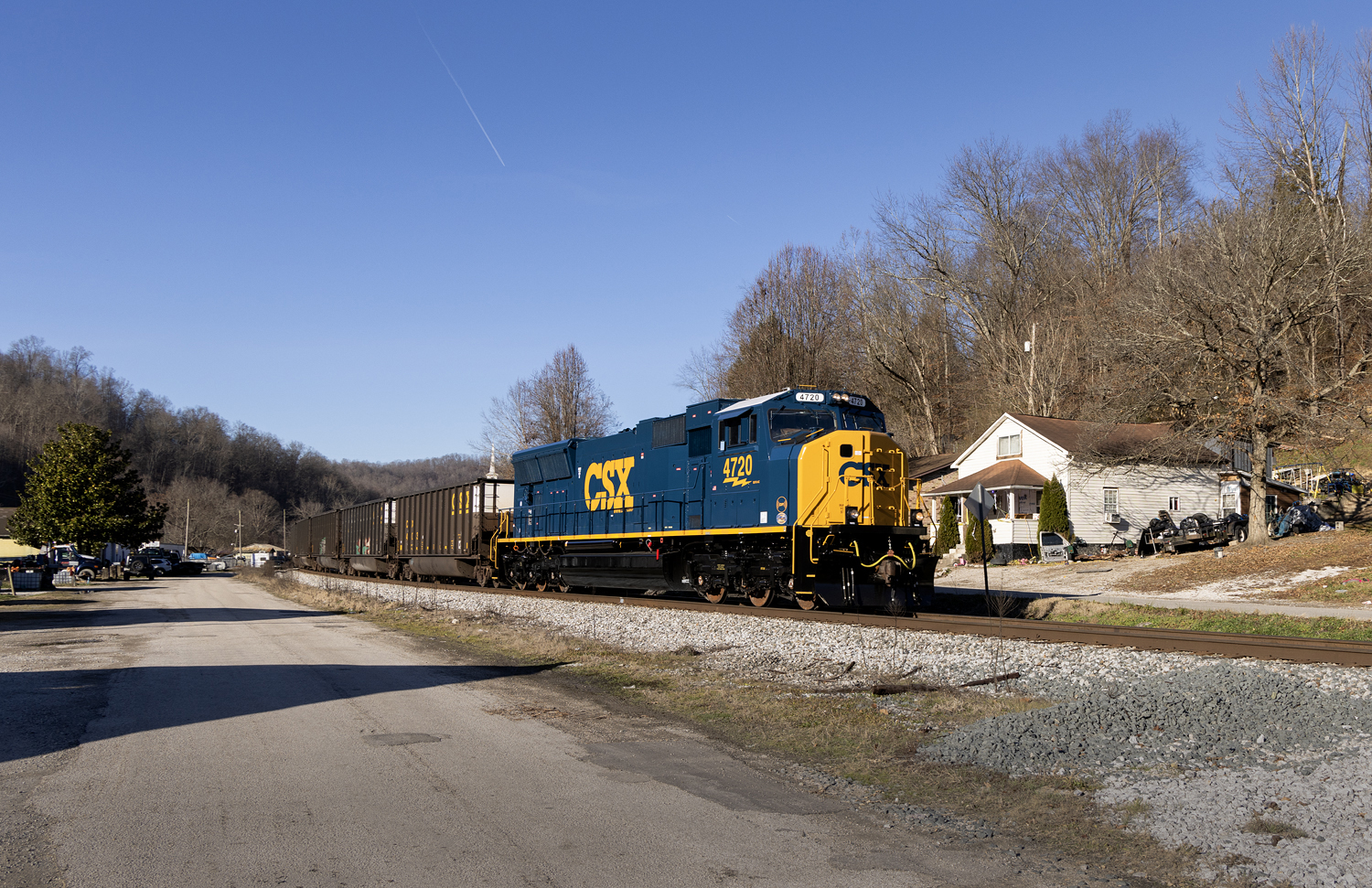
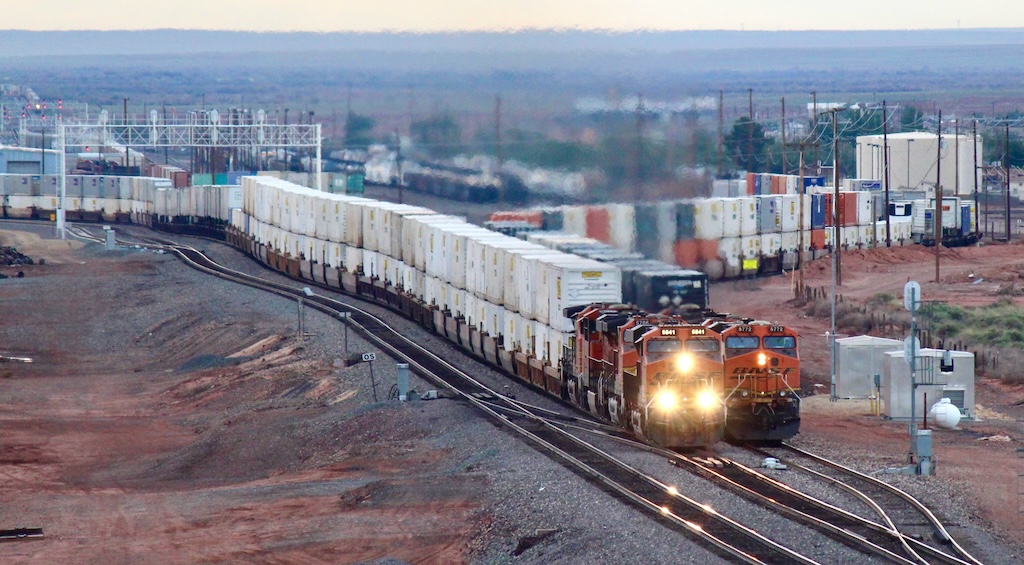

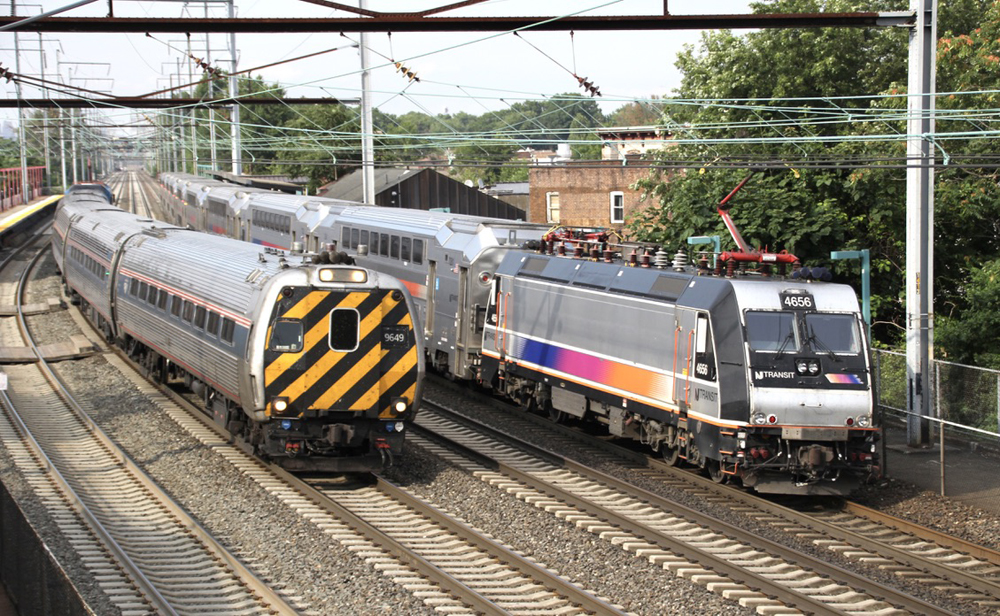




The average speed of NYC Transit.
“When don’t you travel at your own risk?”
When you can sue someone else for your stupidity.
Anybody remember the highway signs that said:
TRAVEL AT YOUR OWN RISK
When don’t you travel at your own risk?
“Don’t put your feet under the lawn mower.” Our society insists on trying to protect everyone from every contingency. I have a post card of people walking a top a small dam that drops several hundred feet to a canyon below. This was printed in the 1890’s when Americans took responsibility for their own actions.
Living is dangerous, but we must think first and use good judgment on what we must protect the public from.
retrofit NYCTA/? financially impossible.
The planned Interboro MTA line would be a good place to start off installing barriers, hip height open platform barriers are widely used in Japan, including for the Shinkansen.
If they can do it in other countries they can do it here, curves or train stoppage points don’t mean a thing, when there’s a will they’ll find a way.
New York (Boston, Chicago, Washington, London etc. etc.) have thousands of stations. How much do you intend to spend on “where this is a will there is a way”? The priority is wheelchair access which most stations lack.
For a fraction of your “where this is a will there is a way” we could build more jails and mental hospitals and clear our subway platforms of the people causing these problems.
London’s newest line, built to all-new standards like wheelchair access, doesn’t have these gates and doesn’t need them.
Actually Charles, according the reports the Thames link does have barriers as does the Elizabethton line…so someone isn’t telling the truth somewhere.
Gee, tens of millions, hundreds of millions, maybe a billion, passengers have stood on high level platforms (subway and standard railroads) thousands of times each. Including me in New York, New Jersey, San Francisco/ East Bay, Cleveland, London, Toronto, Montreal, Boston, Chicago, Washington, Amtrak NEC, without shoving another passenger onto the tracks. The problem isn’t the high-level platform, it’s the criminals and the mentally ill and the druggies let loose on our streets by these same politicians.
BTW the retrofit of platform gates onto an existing system is nearly impossible.
Among all the other reasons this won’t work is that the train cars aren’t equipped with controls to stop at exact points. It’s all manual slow/stop, the car ends up where it ends up.
You forgot one other thing, Charles…the propensity of Americans to stand around and film with their phones instead of intervening because: “it’s not my problem” idiotic way of thinking, but you can bet those same people that are filming would be the first to accuse others of not helping if it was them being subject to whatever incident is being filmed.